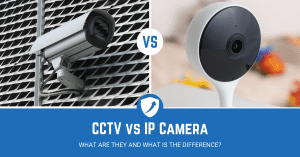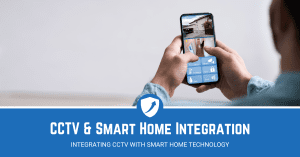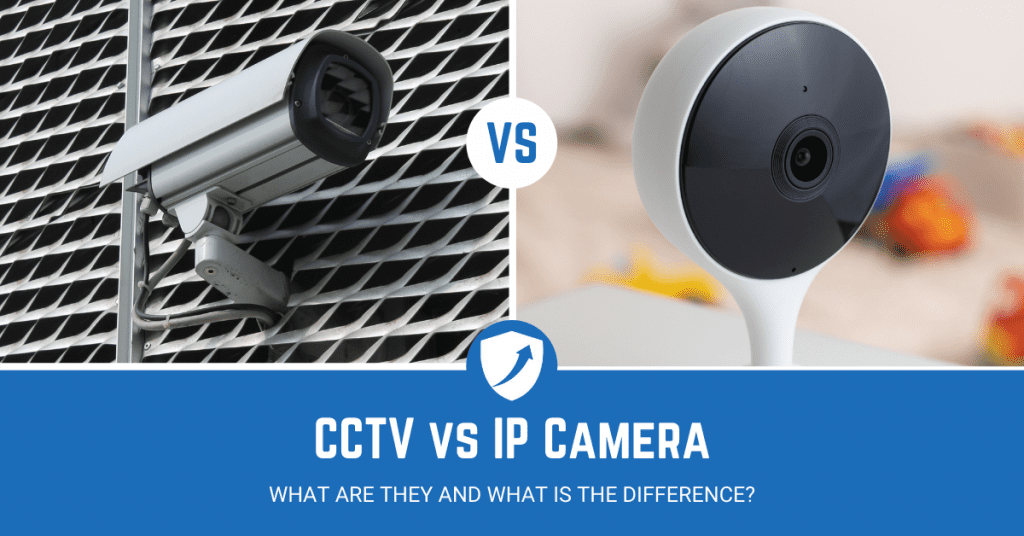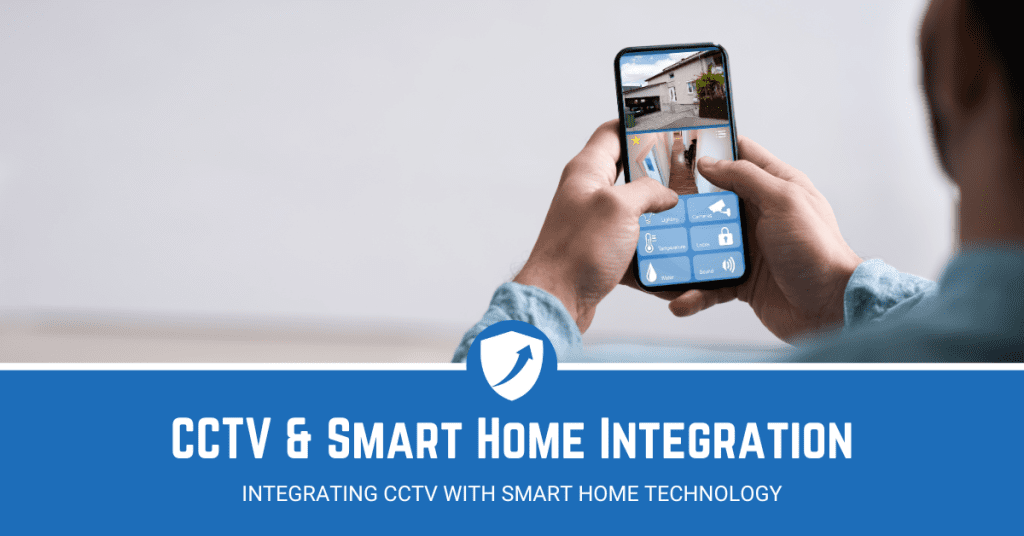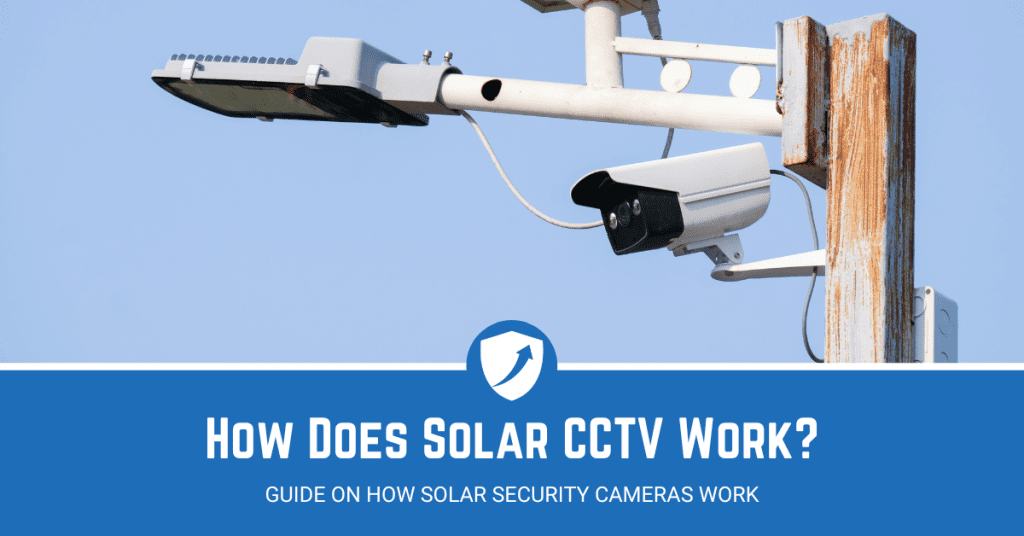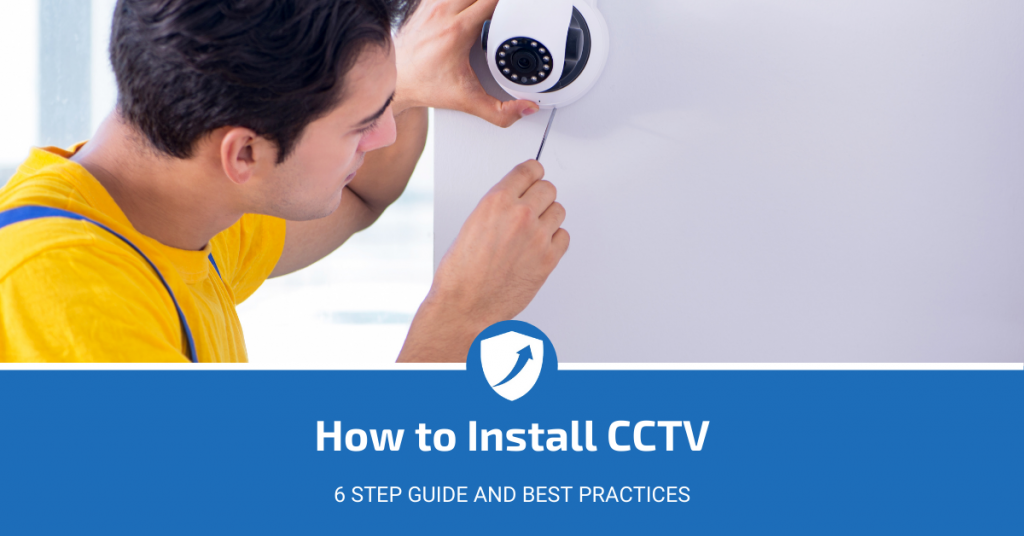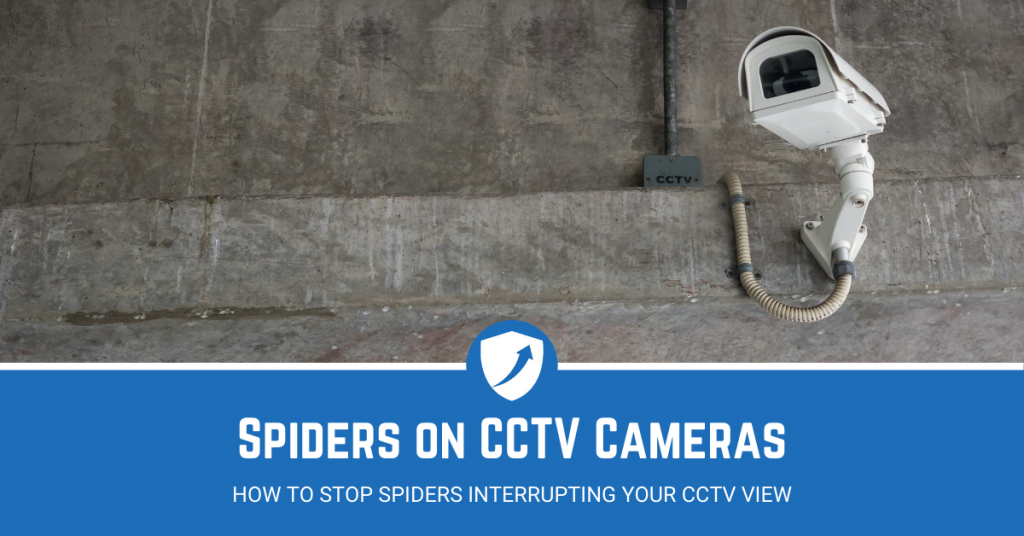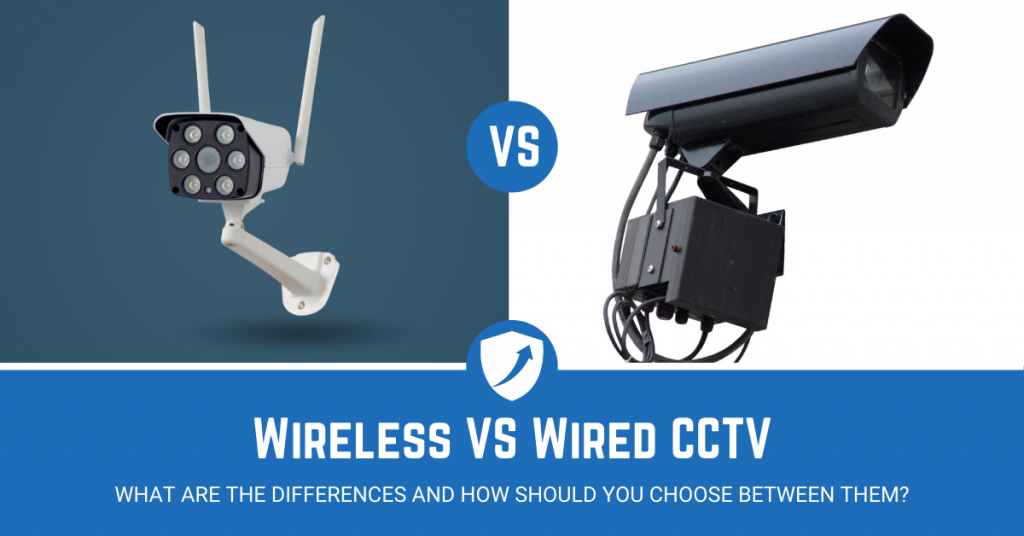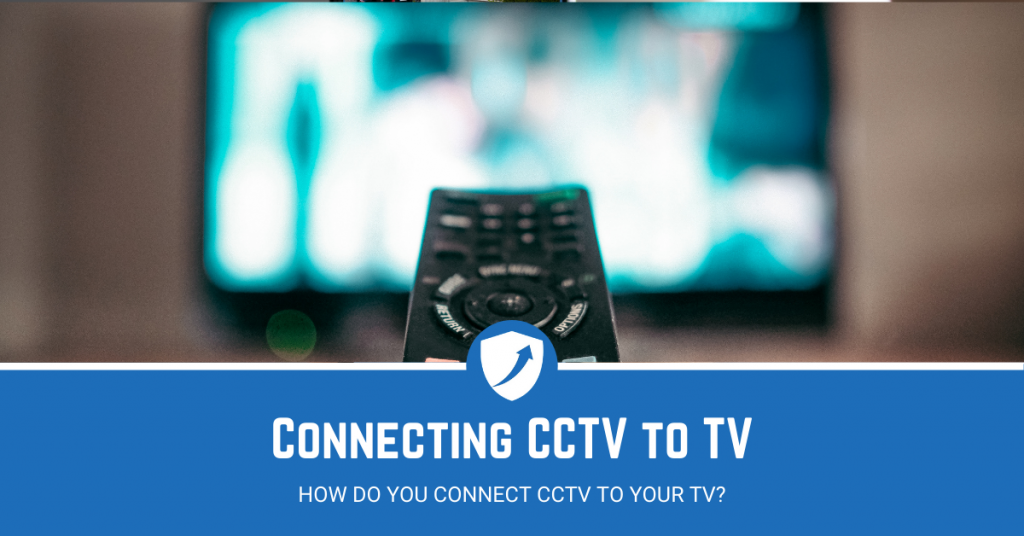In an era where smart home technology is rapidly evolving, the integration of CCTV systems with these smart ecosystems is becoming increasingly essential.
For homeowners, understanding how to integrate CCTV and smart home devices not only enhances security but also adds a layer of convenience and control that was previously unattainable.
This guide details the nuances of smart home CCTV integration and how to effectively implement these systems in your home.
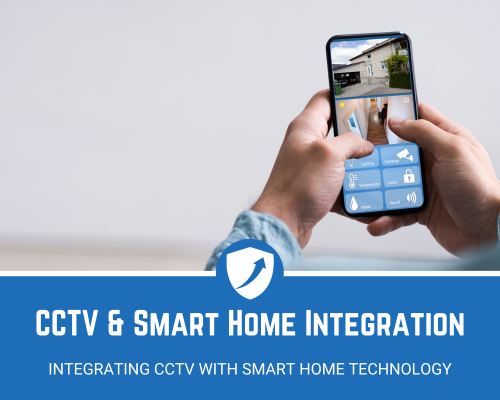
Key takeaways:
- Enhanced Security: Integrating CCTV with smart homes offers improved surveillance and automated security features.
- Future-Ready Innovation: Smart CCTV integration includes voice control and AI advancements, signaling evolving home security trends.
- Smart Purchasing: Choosing the right CCTV system requires considering compatibility, installation, and budget.
What's in this Guide?
What is CCTV and How Does It Work?
Closed-circuit television (CCTV) is a system where video cameras are used to transmit a signal to a specific place, on a limited set of monitors.
Unlike broadcast television, the signal is not openly transmitted, but it can employ point-to-point wireless links.
In recent years, smart CCTV cameras have emerged, incorporating advanced features like remote viewing, motion detection, and integration capabilities with smart home systems.
The Evolution of Smart Home Technology
Smart home technology refers to a home setup where appliances and devices can be automatically controlled remotely from anywhere with an internet connection using a mobile or other networked device.
Devices in a smart home are interconnected through the internet, allowing the user to control functions such as security access to the home, temperature, lighting, and a home theatre remotely.
Benefits of Combining CCTV with Smart Home Systems
Integrating CCTV with your smart home brings several benefits:
- Enhanced Security: Real-time surveillance and instant alerts.
- Convenience: Manage security settings from anywhere.
- Energy Efficiency: Automated systems reduce unnecessary power usage.
- Peace of Mind: Constant monitoring provides assurance of safety.
The integration of smart CCTV cameras into home automation systems is not just a trend, it’s a significant step forward in home security.
Assessing Your Home Security Needs
Before integrating CCTV and smart home systems, it’s crucial to assess your home security needs.
Consider factors like the size of your home, the number of entry points, and the level of security you desire.
This assessment will help determine the type of smart home CCTV kit or outdoor smart CCTV system you’ll need.
Selecting the Right CCTV System for Smart Home Integration
When choosing a CCTV system for smart home integration, consider the following:
- Compatibility: Ensure the CCTV system is compatible with your smart home devices.
- Connectivity: Look for systems that offer Wi-Fi or other wireless connections.
- Resolution: High-resolution cameras provide clearer images.
- Storage: Decide on cloud storage vs. local storage options.
It’s also important to consider the complexity of the smart home and CCTV system you require.
Generally, the more complex the system, the more important it is that you consult a professional to install it for you.
Importantly, make sure you are clued up on how much smart home CCTV installation costs before contacting installers in your area.
Step-by-Step Guide to Integrating CCTV with Smart Home Devices
Step 1: Choose a Smart CCTV Camera
- Select a camera that aligns with your home’s needs and your smart home system’s capabilities.
Step 2: Set Up and Connect
- Install your CCTV cameras and connect them to your home Wi-Fi network.
Step 3: Integrate with Smart Home Platform
- Use your smart home platform’s app or interface to connect and control your new smart CCTV for home.
Step 4: Customise Settings
- Adjust settings such as motion detection sensitivity, alert types, and camera angles.
Advantages and Challenges of CCTV-Smart Home Integration
Integrating CCTV and smart home technology offers numerous advantages:
- Remote Monitoring: Access live feeds from anywhere.
- Automated Responses: Set up your system to react automatically to certain triggers.
- Integrated Alerts: Receive notifications on your smartphone or device.
Comparison of Features With and Without Integration
| Feature | With Integration | Without Integration |
|---|---|---|
| Remote Access | Yes | Limited |
| Automated Responses | Yes | No |
| Smart Alerts | Yes | No |
| Energy Efficiency | Higher | Lower |
Potential Challenges and How to Overcome Them
Integrating smart home systems with CCTV can present challenges, such as technical complexities and compatibility issues.
Overcoming these involves careful planning, choosing the right equipment, and possibly seeking professional assistance.
This ensures a smooth and efficient integration process, leading to a more secure and intelligent home environment.
Innovative Uses of CCTV in Smart Home Automation
The integration of CCTV into smart home systems opens up a realm of innovative possibilities:
- Voice-Controlled Surveillance: Use voice commands to view live feeds from your smart CCTV cameras.
- Automated Lighting Control: Set lights to turn on when cameras detect motion, enhancing security and energy efficiency.
- Integration with Smart Alarms: Link CCTV cameras with your smart home alarm system for a cohesive security approach.
These innovations not only enhance home security but also add convenience and efficiency to daily life, making the smart home experience more intuitive and responsive.
Future Trends in Home Automation and Security
The future of home automation and security is promising, with trends indicating:
- Increased AI Integration: Smart CCTV cameras will become more intelligent, offering features like facial recognition and unusual activity detection.
- Greater Interconnectivity: Enhanced integration between different smart home devices and systems.
- User-Friendly Interfaces: Easier and more intuitive control of smart home security systems, including CCTV integration.
- Expansion of Solar technology: The rise in usage of solar security cameras is set to give homeowners better options when it comes to installing outdoor cameras.
Embracing these trends will keep homeowners at the forefront of home security technology, ensuring their homes remain safe and smart.
Making an Informed Purchase Decision
When considering the addition of a smart CCTV system to your home, it’s essential to make an informed purchase decision.
Here are key factors to consider:
- System Compatibility: Ensure the CCTV system is compatible with your existing smart home devices.
- Installation Requirements: Understand the installation process and whether professional assistance is needed.
- Budget Considerations: Balance the cost of the system with the features and benefits it offers.
Conclusion
Integrating CCTV with smart home technology is not just a step towards enhanced security; it’s a move towards a more connected, efficient, and responsive living environment.
While each system has its pros and cons, the integration of CCTV into a smart home system is undoubtedly a valuable addition for any homeowner.
For those looking to delve deeper into the world of home security and smart technology, explore our extensive collection of articles and resources.
Whether you’re a beginner or a tech-savvy homeowner, there’s always more to learn and discover in the ever-evolving realm of smart home security.


